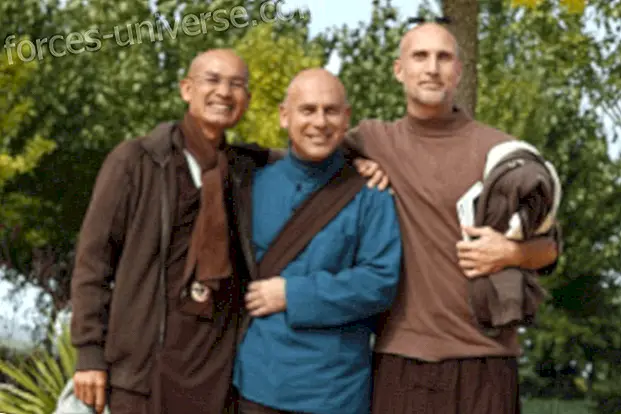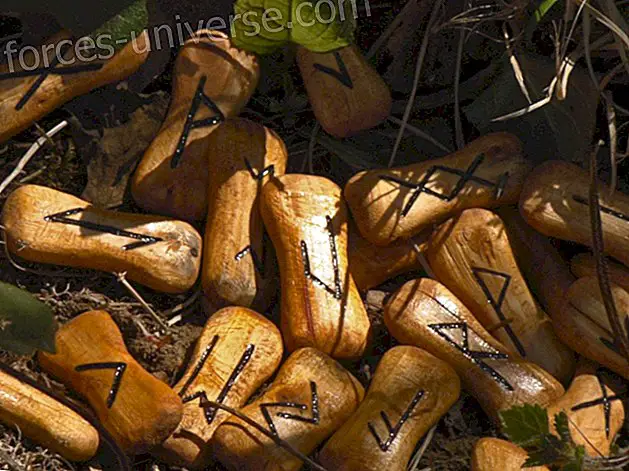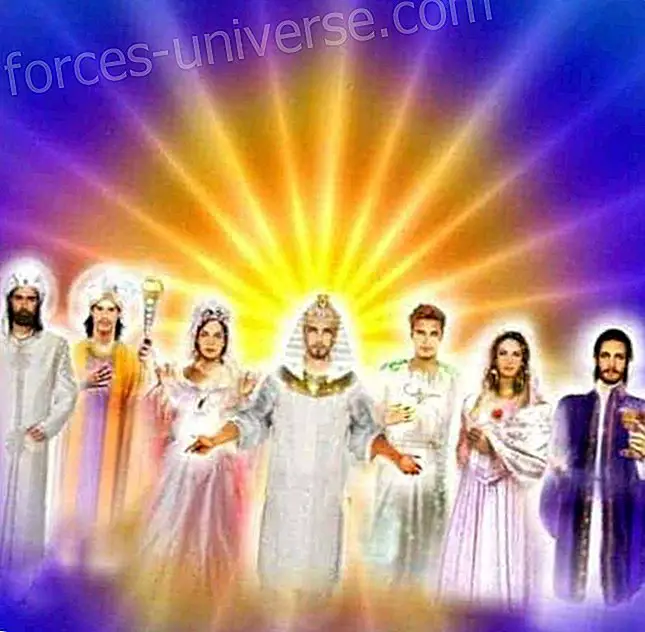Three monks from the monastery of Plum Village were in Spain to present the Spanish tour of Thich Naht Hanh to the media. There was also Yoga in Network.
Zen Buddhist master Thich Nhat Hanh is one of the spiritual leaders with the most followers in the West. He was born in central Vietnam in 1926 and trained in Zen and Mahayana Buddhism. Thay ( master in Vietnamese) has combined his deep knowledge of Buddhism with the methods and ideas of Western psychology to form his approach to the practice of modern Zen, so It has become a very important influence in the development of Buddhism for Westerners.
Poet, activist for peace and human rights, Thay has had an extraordinary life. The Vietnam War faced the monasteries to the difficult issue of deciding whether to lead a contemplative life and devote themselves only to meditation or to help their fellow citizens who suffered under the attacks of the bombs and the devastation of war. Thay was one of those who decided to do both, helping to found the movement of budismo compromised . He has dedicated his life, since then, to the work of personal transformation for the benefit of individuals and society.
In 1966 he founded the School for Social Assistance Service in Saigign, an aid organization for the reconstruction of bombed villages and villages, the construction of schools and medical centers Ethics, the relocation of families and the organization of agricultural cooperatives. With the help of more than 10, 000 student volunteers, the school based its work on the Buddhist principles of nonviolence and compassionate action.
In the United States, Thich Nhat Hanh asked Martin Luther King to oppose the Vietnam War publicly, thus helping the peace movement. The following year, King nominated Thich Nhat Hanh for the Nobel Peace Prize. Later Thay headed the Buddhist delegation at the Summit for Peace in Paris.
In September 2001, just a few days after the attacks on the World Trade Center, he gave a memorable speech on nonviolence and forgiveness, at the Riverside Church in New York. In September 2003, he delivered a speech to members of the United States Congress, in a two-day retreat.
Today, Thich Nhat Hanh continues to live in Plum Village, in the meditation community he founded, where he teaches, writes his prolific literary work on meditation, full awareness and peace and works in his gardens. In addition Thay directs retreats throughout the world on the "art of conscious life."
The monastery of Plum Village, which he founded in 1982 in the immediate vicinity of Bordeaux, is one of the spirituality centers most frequented by women and men from all over Europe in search of themselves through meditation. Thay's will is that if we cannot get close to the monastery, the monastery will approach the street, families, children, everyday life. Hence the continuous coming and going of monks and lay people giving workshops and seminars and the vivacity of the creation of sanghas.
Spanish tour
Thich Nhat Hanh will visit Spain for the first time between April 27 and May 10, 2014 to spread his teachings through public talks, a mass march and a four-day retreat in El Escorial (Madrid), which families can attend with children up to 700 people. Also, in Barcelona, “Mindfulness in education” will be held to teach educators of colleges and universities the advantages of this practice that allows meditation to be integrated into every day-to-day act.
The program was recently presented to the media by two of the congregation's monks, Phap Lieu and Phap Dan, and Miguel, the former Phap Son monk. We wanted you to tell us what stand out from Thay's teachings about other branches of Buddhism. They replied that "full consciousness" as the basis of practice. The teachings of Thich Nhat Hanh do not differentiate between spiritual life and personal, family, political, society, social justice … The goal is not to obtain the immediate benefit of inner peace but to harmonize all the expressions of our life.
Thich Nhat Hanh's desire to adapt to real life is proportional to the conviction that mindfulness practices or full consciousness can reverse the suffering of the human being, transform it and, through it, everyone, transform the world.
The notion of "full consciousness" - the monks explained to us - comes from the Vietnamese vital stage of the teacher. It is understood as a manifestation of a committed Buddhism. It is more than a technique because it extends to live, to listen, to speak, to think. It implies an ethical commitment: to live in a more harmonious way and cause less suffering. “It's about being more aware of my interactions with the world and with things. Full awareness is the ability to observe and feel in my relationship with my surroundings . ”
How does Thich Nhat Hanh manage to reach both Westerners and especially young people? The monks of Plum Village answer: "When he speaks, he connects with a simple idea: we all have the conditions to be happy in reality and immediate life." Monk Phap Dan says: "It also highlights his great compassion for human beings."
“It may benefit you to go to a monastery from time to time to nurture your conscience, but it is in your daily life where it is shown that everything is meditation (from writing with your computer or talking on the phone) if you live it with the light of your conscience "
More information about the tour: https://www.facebook.com/tnhspain / http://tnhspain.org/
Thich Naht Hanh or Engaged Buddhism







